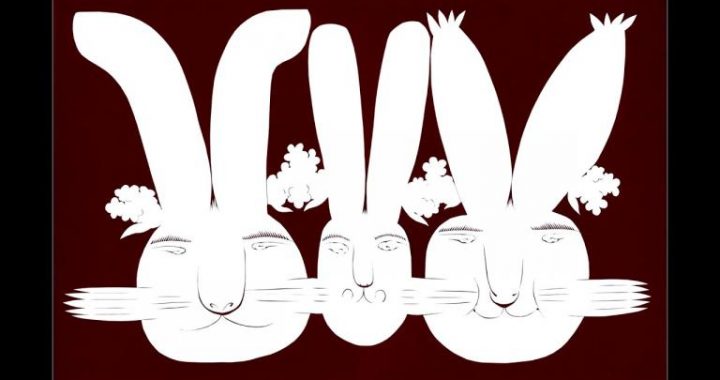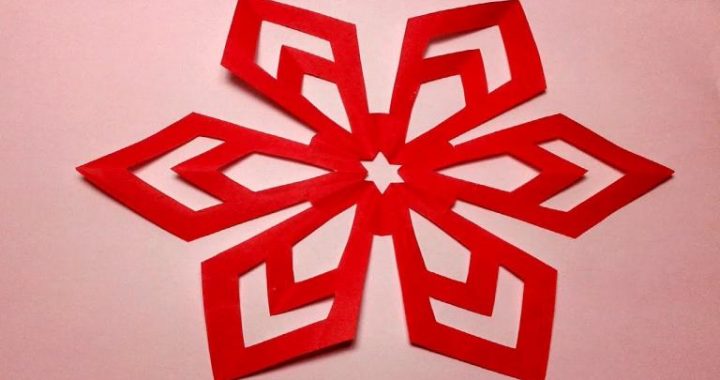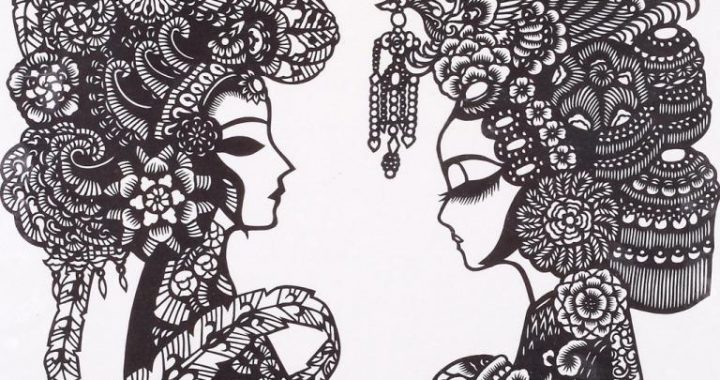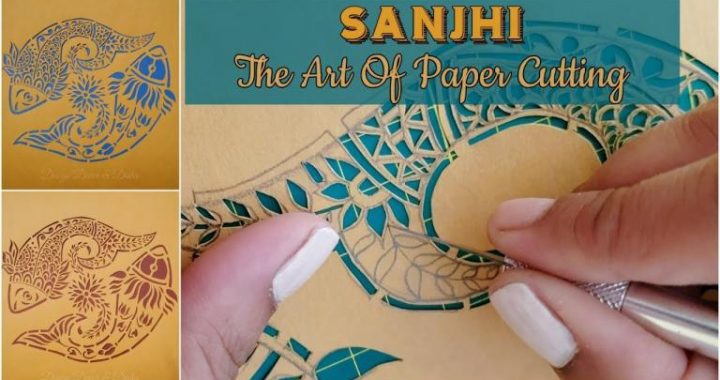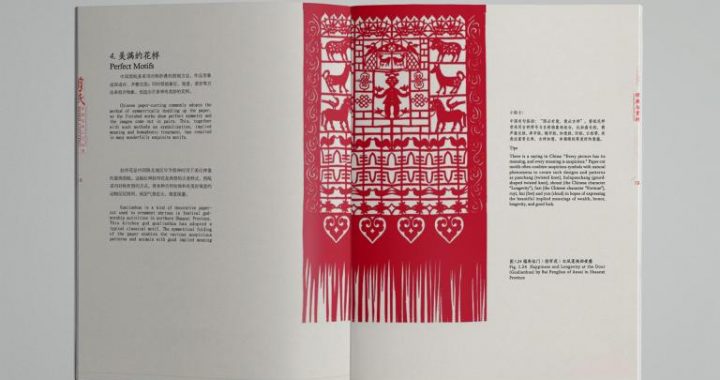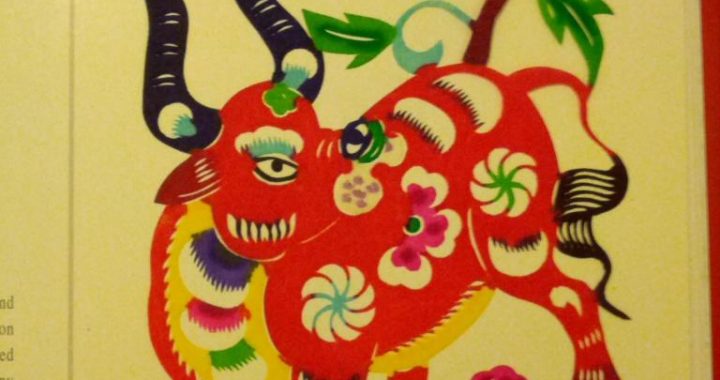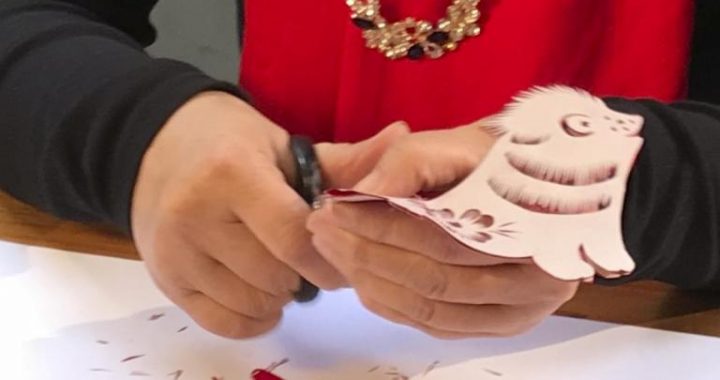Origin of Bowl Bottom
2 min readIn the past, an emperor took a fancy to the celadon bowl produced in the Cizhouyao Kiln very much but he hated the bowl bottom that burned his hand when holding it so he ordered pottery artisans to improve porcelain bowls not burning hand in ten days. A pottery artisan named Wan’er took the task on his own initiative. When ears were added, the bowl became a jar; and when a handle was added, it became a pot. Neither way helped to solve the problem. One night when he was so sleepy that he fell asleep, the candle burned the collar of his ragged cotton-padded coat. His mother came over trying to stamp out the fire but the more she stamped, the higher the flame went. When waking up with a start, Wan’er found his mother standing on his burning coat with her soles smoking In a grasp, he carried his mother to the edge of the kang (bed) and took off her shoes. To his great surprise, he found that neither her feet nor her shoes were burned because of the wooden soles studded at the bottom of the shoes. Inspired by the wood-bottomed shoes, Wan’er succeeded in working out a bowl with a pad that very night so that when one held the bowl the hand would not be burned. Afterwards, other pottery artisans thought the solid bowl bottom was too heavy and not good-looking either so they used a ring-shaped bottom instead to achieve a better effect of thermal isolation.
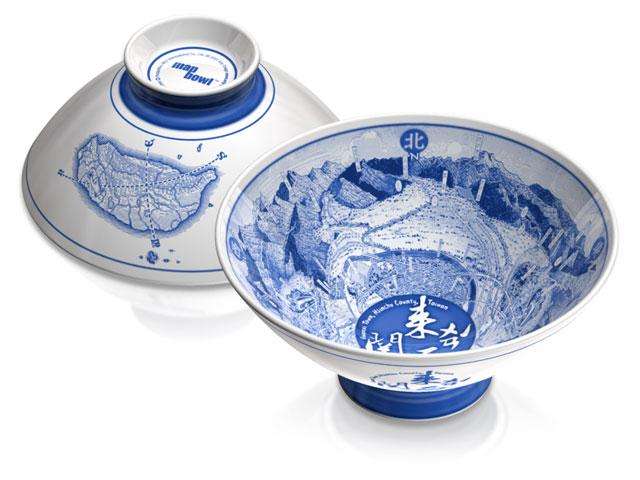
The legend has another version in the locality. In the Ming Dynasty, when passing by Pengcheng, the king of the Yan State took a liking to the glittering flowered bowl but his hand was burned by its bottom when holding it. Thus he issued an order to have a bowl made within five days that would not burn the hand. Nie Wansan, a superb handicraftsman in the town, accepted the task. At night, on seeing the crescent against a faint cloud, oblate in shape, he got an inspiration. The idea struck him was that if two crescent-shaped clay strips were stuck to the bottom of the bowl, they would help to isolate the heat to a certain extent and the hand holding it would not be burned. Henceforth, the bowl of Pengcheng had bottom. Later, other pottery artisans changed the two separated clay strips into a ring so that the effect of thermal isolation was much improved.

